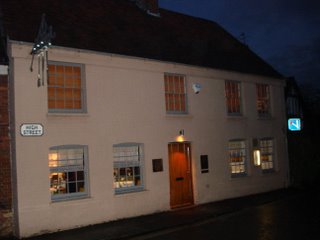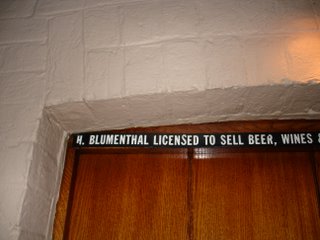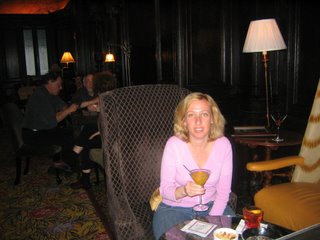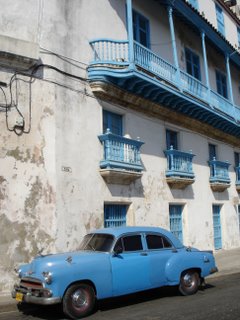
The medina in Marrakech is mad! It’s noisy, dusty, in parts smelly, and, for many people, a lot of hassle. It’s a place where you frequently take your life into your own hands as motorcyclists seem to do their best to knock you over as you meander through the alleyways. Nevertheless, despite these frustrations, it is also addictive. There are few places in the world so full of colour, bustle and the sheer energy of life.
The medina sells everything from handmade brass bowls and leather slippers to chameleons and preserved lemons. Finding your way around the myriad of lanes and alleyways without getting lost is near on impossible. However, help is at hand in the form of Gemma van der Burgt. Gemma is Dutch (so speaks English well!) and has lived in the medina for about three years. She also runs
Souk Cuisine, which offers to introduce visitors to the pleasures of Moroccan food. The one day shopping and cookery courses cost 400 Moroccan dirhams. They are held almost everyday from 10am until 4pm (ish) with the cooking taking place either at Gemma’s house or a local guesthouse,
Chambres des Amis.
Gemma meets her apprentice cooks at the Café de France in the Djemaa el Fna. She then divides the, usually multi-national, group in half and sets them off on a challenge. The task is to buy all the items on the team’s shopping list, spending as little as possible on the way. Purses and a small budget of dirhams are provided. This somewhat daunting task is made a bit easier as Gemma who leads the teams to the stalls and drops heavy hints as to what should be bought and how much should be paid for each item. The task is a good challenge and a great way for inexperienced barterers to interact with the local shopkeepers in broken French.

Moving into the souk, Gemma introduces her trainees to a number of local characters and points out some medina secrets that might otherwise be overlooked. There’s a master butcher who specialises in roasting whole lambs over sandalwood in underground ovens. There’s Mr Mint, who sells…er…mint, an essential Moroccan ingredient as it is used for making the copious pots of mint tea drunk almost continuously by the local inhabitants. There’s Mr Egg, who sells egg sandwiches and obviously has a soft spot for Gemma, who he has nicknamed Mrs Plastic Bag as she always carries her own plastic bags.

The shoppers move on to buy spices from one of the many apothecaries. The owner has a wealth of knowledge, acquired from his father, as to the medicinal benefits of the many herbs and spices he sells. Kohl, used for eyeliner, for example, also protects against conjunctivitis; cumin is a cure for diarrhoea, and saffron apparently helps to cure asthma.

Having purchased the necessary spices, the group proceeds deeper inside the medina in order to buy fish. The fishmonger agrees to wash and prepare the fresh sardines as the two teams race to the vegetable market before all the best produce is sold. Gemma is very specific about the quality, size and shape of the vegetables so this part of the expedition takes some time as various stalls must be visited as the tomatoes, courgettes, aubergines and carrots are carefully assessed, weighed out and bagged.

Picking up the cleaned sardines en route, the group heads back to Gemma’s house after two hours in the market stopping off on the way to buy bread at the local bakery. Every few streets in the medina there is a district bakery, and communal oven. Local residents can take their own items to be baked in the oven for a small fee. Each family has their own distinctive way of shaping their bread and cakes so that they may easily be identified.

Gemma lives is a dar, which is traditional Moroccan house but, unlike a riad, it does not have an inner garden. Gemma renovated the property a few years ago and her kitchen is small, light and open to the elements. Her six students pack themselves in around the workbenches and, under the watchful eyes of Gemma and her Moroccan chef Ayesha, they set to work. Each person is tasked with making a different dish from the recipe booklet provided and using the freshly bought ingredients. Carrots are gutted, tomatoes are peeled and aubergines fried. The smells are delicious and, eventually, after an hour or so, lunch is ready.

The cooks sit down to a feast of Moroccan salads, fish tagine and almond cookies, all accompanied by Moroccan wine. All the participants agree that they have learnt a great deal and are impressed by their own culinary achievements. Kati, from Barcelona in Spain, says her favourite part was the “chopping, smelling and tasting” whereas for Anne, from the Netherlands, it was the medina shopping expedition that appealed to her most. The group unanimously agrees they have had a very special insight into both the cuisine and daily life of Moroccan people. The newly-christened Mr Carrot, Mrs Tagine and Ms Aubergine eventually depart following their long and leisurely lunch in order to attempt to find their way out of the medina…or is it simply to get lost again?
Website: http://www.soukcuisine.com/index_ENG.html
E-mail: info@soukcuisine.com
Tel: +212 (0) 73 80 49 55
 Sitting in the dappled light of the early morning sun, the conversation around the table laden with delicious fruit, yogurt, cakes and fresh coffee, is all about Martha. In 2009, the American TV celebrity and member of what some may term "cooking royalty", Martha Stewart, visited the capital of the Yucatan region of Mexico, Merida. Whilst there she dropped by the house and Los Dos Cooking School in which the international amateur cooks were now eagerly awaiting their chef du jour, David Sterling.
Sitting in the dappled light of the early morning sun, the conversation around the table laden with delicious fruit, yogurt, cakes and fresh coffee, is all about Martha. In 2009, the American TV celebrity and member of what some may term "cooking royalty", Martha Stewart, visited the capital of the Yucatan region of Mexico, Merida. Whilst there she dropped by the house and Los Dos Cooking School in which the international amateur cooks were now eagerly awaiting their chef du jour, David Sterling. 








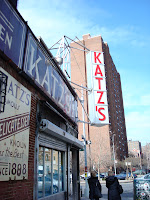
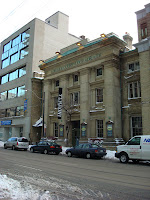
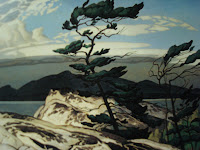
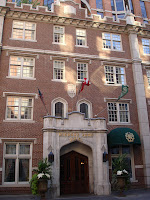
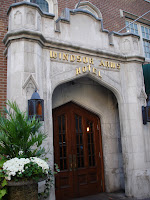
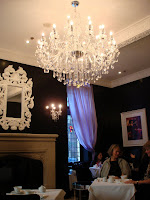


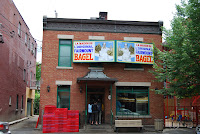

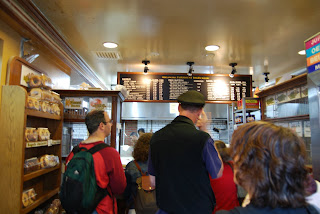
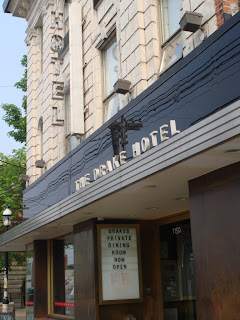
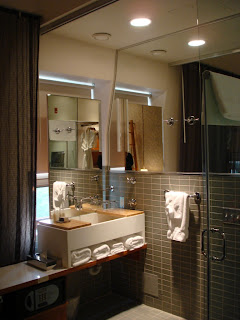
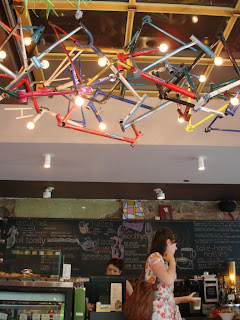

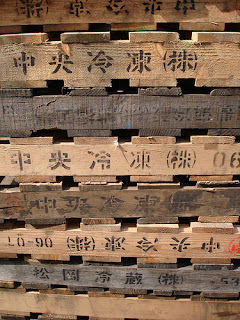
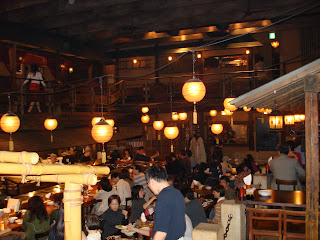



 The Bund in Shanghai is a one mile stretch of the western side of the Huangpu River and has been witness to much of the city's turbulant history. The word 'Bund' is thought to originally come from the Urdu word 'band', meaning an embankment, levee or dam, and to have been brought to Shanghai by the hotelier, Victor Sassoon, who built the Cathay Hotel (now called The Peace Hotel) on the corner of The Bund and Nanjing Road. Originally a tow path along the river, the Chinese authorities required 30 feet of space to be left between the water's edge and any buildings constructed along The Bund in order to allow movement up and down the path and account for tidal variation.
The Bund in Shanghai is a one mile stretch of the western side of the Huangpu River and has been witness to much of the city's turbulant history. The word 'Bund' is thought to originally come from the Urdu word 'band', meaning an embankment, levee or dam, and to have been brought to Shanghai by the hotelier, Victor Sassoon, who built the Cathay Hotel (now called The Peace Hotel) on the corner of The Bund and Nanjing Road. Originally a tow path along the river, the Chinese authorities required 30 feet of space to be left between the water's edge and any buildings constructed along The Bund in order to allow movement up and down the path and account for tidal variation.


